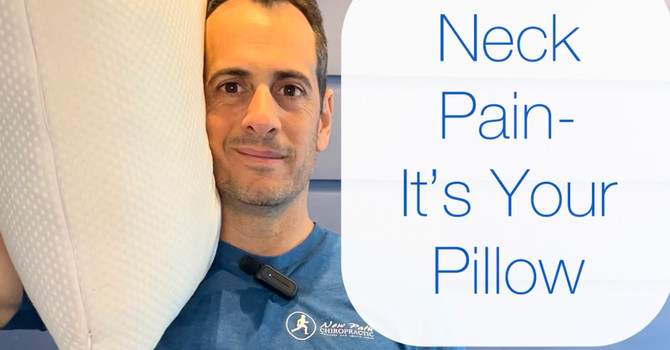
Jumper's knee, medically known as patellar tendinitis or patellar tendinopathy, is a common overuse injury that affects individuals engaged in activities involving repetitive jumping and running motions. This condition primarily targets the patellar tendon, the connective tissue that links the kneecap (patella) to the shinbone (tibia). While rest and gradual rehabilitation are often recommended, various therapeutic approaches, including manual therapy, chiropractic care, and shockwave therapy, have shown promising results in alleviating the pain and promoting recovery.
What is Jumper's Knee?Jumper's knee is a form of tendinopathy characterized by inflammation, microtears, and degeneration of the patellar tendon. It is particularly prevalent among athletes participating in sports like basketball, volleyball, soccer, and track and field. The constant stress on the tendon due to explosive jumping and landing motions can lead to pain, stiffness, and reduced functional ability.
Therapeutic Approaches:
Manual Therapy: Manual therapy, often performed by physiotherapists or sports therapists, involves hands-on techniques to assess and treat musculoskeletal conditions. In the case of jumper's knee, manual therapy aims to improve flexibility, reduce muscle tension, and enhance blood flow to the affected area. Techniques such as soft tissue mobilization, myofascial release, and deep tissue massage can help relax tight muscles and promote healing.
Chiropractic Care: Chiropractic care focuses on spinal adjustments and other manipulative techniques to address musculoskeletal disorders. While jumper's knee primarily affects the patellar tendon, it's important to consider the biomechanical aspects of the entire lower body. Proper assessment of the alignment and movement of the spine and joints, aiming to improve overall biomechanics and reduce stress on the affected tendon. This approach can contribute to a more balanced distribution of forces during physical activities, potentially alleviating strain on the patellar tendon.
Shockwave Therapy: Shockwave therapy, also known as extracorporeal shockwave therapy (ESWT), is a non-invasive treatment that utilizes acoustic waves to stimulate healing in injured tissues. It has gained popularity as an effective option for jumper's knee. The shockwaves are applied externally to the affected area, triggering a biological response that enhances blood circulation, promotes tissue regeneration, and reduces pain. ESWT has shown promising results in accelerating the healing process and improving the overall quality of the patellar tendon.
Choosing the Right Approach:When considering the best therapeutic approach for jumper's knee, it's crucial to consult with a healthcare professional who specializes in sports medicine or orthopedics. The severity of the condition, individual medical history, and lifestyle factors all play a role in determining the most suitable treatment plan.Moreover, a comprehensive approach that combines different therapies can yield the best outcomes. For instance, a treatment plan might involve a combination of manual therapy to address muscle imbalances, chiropractic adjustments to enhance overall biomechanics, and shockwave therapy to expedite tissue healing.
Conclusion:Jumper's knee can be a debilitating condition for athletes and active individuals, often requiring careful management and targeted therapies. Manual therapy, chiropractic care, and shockwave therapy offer valuable options for alleviating pain, promoting healing, and restoring functionality. While these approaches have shown promise, it's essential to work closely with healthcare professionals to create a personalized treatment plan that addresses the unique needs and goals of each individual. Remember, patience and consistency are key in the journey to overcoming jumper's knee and getting back to enjoying an active lifestyle.

Dr. Steve Muscari
Contact Me

.jpg)


